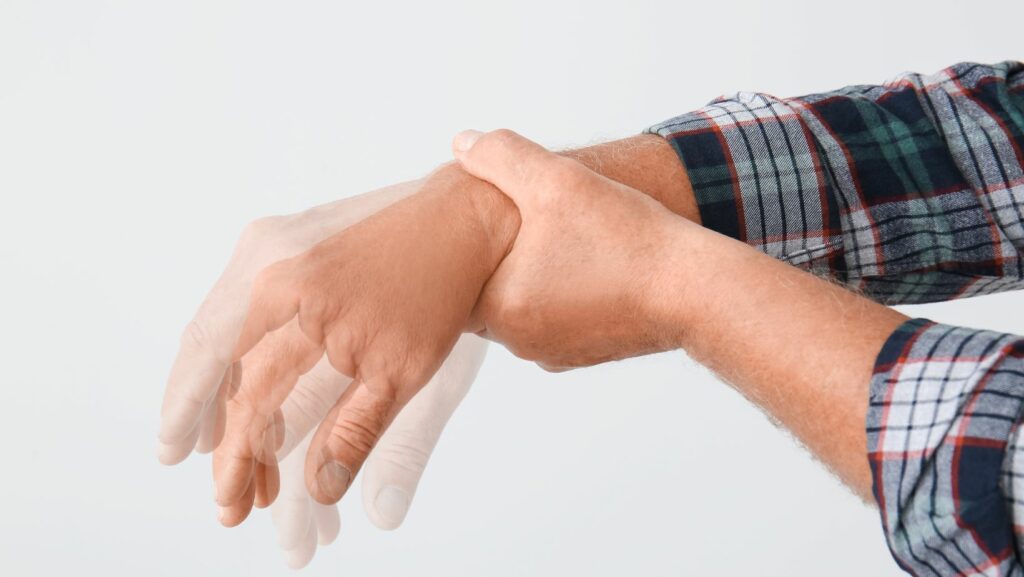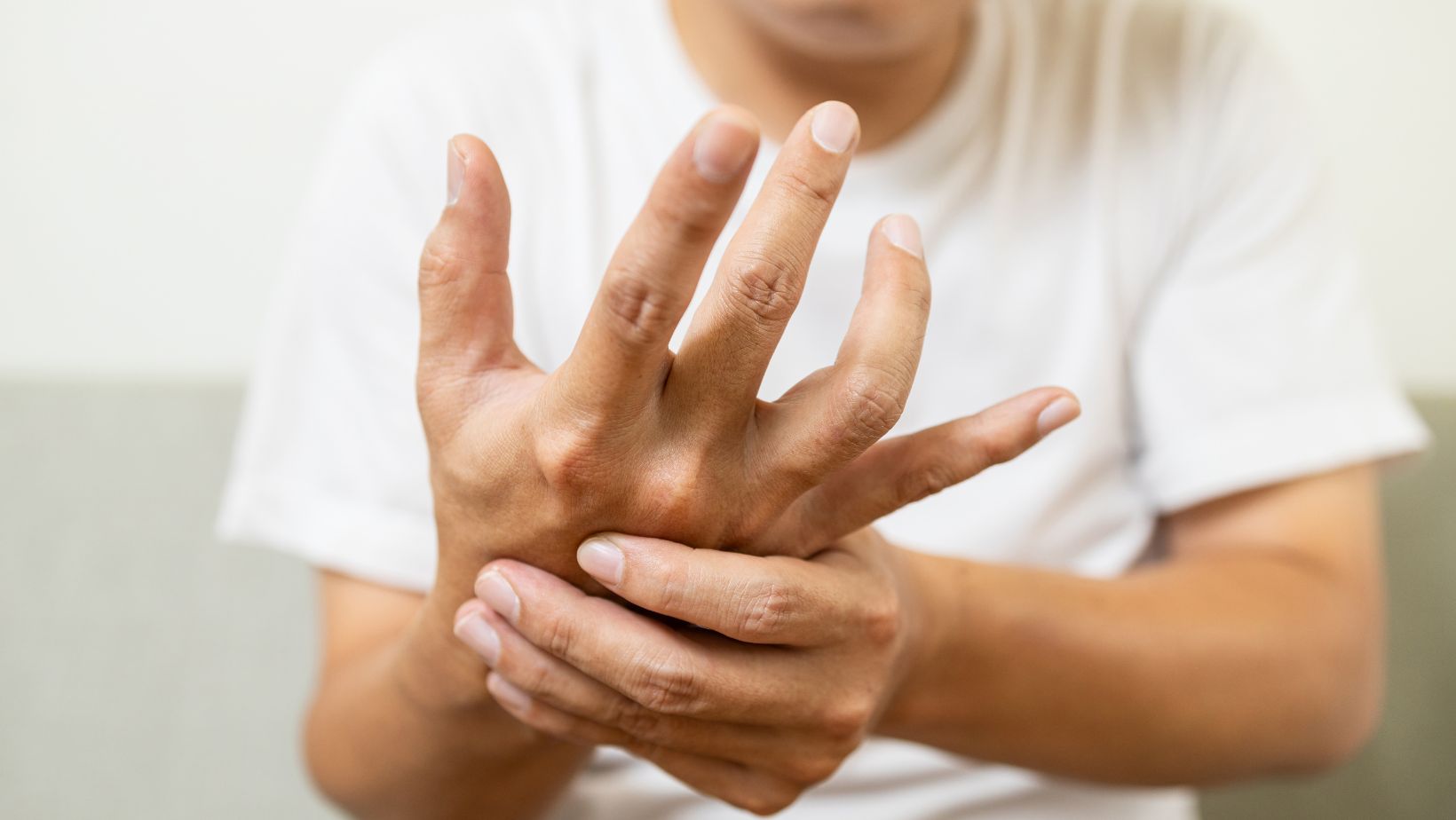
In the ever-evolving landscape of medical advancements, the field of essential tremor management has witnessed significant breakthroughs in recent years. Two innovations that have garnered attention are the pharmacological development of ulixacaltamide and the non-invasive Steadi-Two glove by Steadiwear. This article aims to provide an in-depth comparison of these two innovations, shedding light on their potential impact on the lives of those affected by essential tremors.
Ulixacaltamide: A Pharmacological Breakthrough
Earlier this spring, Praxis Precision Medicines reported topline results from its Phase 2 Essential 1 clinical study of ulixacaltamide (formerly PRAX-944) for the treatment of essential tremor (ET). Developed specifically with essential tremor in mind, ulixacaltamide is designed to block T-type calcium channels in certain parts of the brain, aiming to halt tremors and enhance function.
The findings from the Phase 2 trial were promising. Participants taking ulixacaltamide outperformed the placebo group on nearly all the Activities of Daily Living (ADL) measures, which included tasks such as dressing, using keys, pouring, writing, and drinking. Both participants and their physicians reported an overall improvement with ulixacaltamide compared to the placebo. Moreover, the drug was generally well-tolerated by the participants.
Praxis is now gearing up for discussions with the Food and Drug Administration (FDA) regarding these results, with plans to initiate a Phase 3 trial to further validate ulixacaltamide’s efficacy.
Steadi-Two: A Non-Invasive Revolution
On the non-pharmacological front, Steadiwear’s Steadi-Two glove has been making waves as a revolutionary product designed to significantly reduce hand tremors. Unlike traditional treatments, Steadi-Two offers a non-invasive approach, providing users with instant relief from handshaking without the need for medication or surgical interventions.

The Steadi-Two glove works by stabilizing the wrist, reducing tremor amplitude, and offering users a chance to regain independence in their daily activities. Its battery-free design, powered by the user’s hand movements, ensures that it can be worn anytime, providing steady hands and relief from shaking.
A Combined Approach: The Future of Essential Tremor Management?
While ulixacaltamide and Steadi-Two serve different purposes, their combined potential cannot be overlooked. For many patients, a multi-faceted approach to essential tremor management, incorporating both pharmacological and non-invasive methods, might offer the best outcomes.
As the medical community continues to explore and validate these innovations, it is crucial for patients and caregivers to stay informed and consider all available options. Both ulixacaltamide and Steadi-Two represent the dedication and progress in the field of essential tremor management, offering hope and improved quality of life to those affected by this condition.
The Role of Clinical Trials in Validating Innovations
Clinical trials play a pivotal role in the medical field, ensuring that new treatments are both safe and effective. The positive results from the Phase 2 clinical study of ulixacaltamide underscore the importance of rigorous testing and validation. Such trials provide invaluable data, helping researchers understand the potential benefits and limitations of new treatments.
Similarly, while Steadi-Two is a non-pharmacological solution, its design and efficacy are backed by extensive research and user feedback.

Clinical trials and user studies help Steadiwear refine the glove’s design, ensuring it meets the needs of those with essential tremors. As more individuals participate in these trials and provide feedback, both ulixacaltamide and Steadi-Two can be further optimized to serve the community better.
Patient-Centric Approaches: The Heart of Innovation
At the core of both ulixacaltamide’s development and the design of the Steadi-Two glove is a patient-centric approach. Recognizing the challenges faced by individuals with essential tremors, researchers and developers prioritize solutions that can genuinely improve patients’ quality of life.
Ulixacaltamide’s design, targeting specific calcium channels in the brain, is a testament to this approach, aiming to address the root cause of tremors. On the other hand, Steadi-Two’s non-invasive and user-friendly design ensures that patients can easily integrate it into their daily lives, reducing the barriers often associated with medical devices.
This patient-centric focus ensures that innovations are not just technically advanced but also cater to the real-world needs and challenges faced by those with essential tremors. It’s a reminder that the ultimate goal of medical advancements is to enhance the lives of patients.
In conclusion, the advancements in essential tremor management, represented by ulixacaltamide and Steadi-Two, showcase the medical community’s commitment to providing effective solutions for patients. As research continues and these innovations become more accessible, the future looks promising for individuals living with essential tremors.












